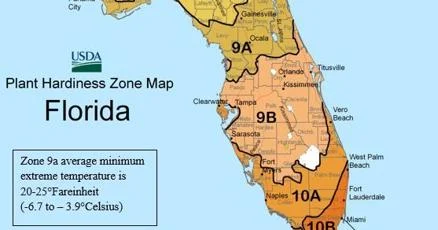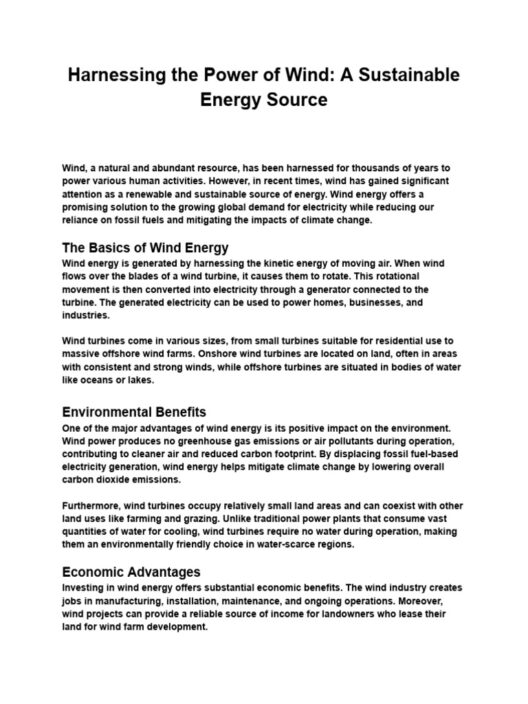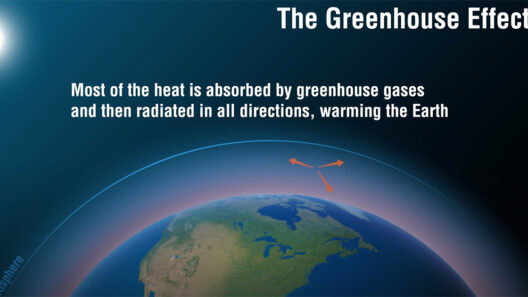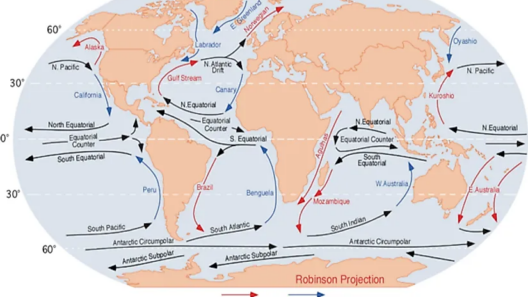The climate in Florida is a captivating interplay of radiant sunshine and formidable storms. With its geographic position and diverse ecosystems, Florida is an extraordinary case study in meteorological phenomena. Each year, millions are drawn to the Sunshine State, lured by the promise of clear skies and balmy temperatures. Yet, this fascination is juxtaposed with the tempestuous nature of the weather patterns that often arise, leading to a deeper exploration of what makes Florida’s climate unique.
The Floridian Climate Zone: A Tropical Symphony
Florida predominantly falls within a humid subtropical climate, though its southern regions shift toward a tropical monsoon climate. This distinction contributes to vast variations in weather throughout the state. Coastal areas experience milder winters with the Gulf Stream influencing temperate conditions, while the interior can see more extreme temperature fluctuations. As such, Floridians encounter an eclectic array of climatic experiences, from the sun-drenched beaches of Miami to the verdant swamplands of the Everglades.
Distinct seasons exist, yet they do not conform to the traditional four-season structure found in many regions of the United States. Instead, Florida can be divided into dry and wet seasons. The dry season, spanning from November to April, is characterized by cooler, breezy weather, making it the peak tourist season. Warm fronts periodically sweep through, offering respite from the intense summer heat. Conversely, the wet season, lasting from May to October, introduces a spiral of humidity, producing afternoon thunderstorms and frequent rain showers.
Under the tropical sun, Floridians often experience an uncomfortable humidity, particularly in the summer months. This pervasive muggy condition intensifies as warm air rises, creating a favorable environment for cumulonimbus clouds that build into majestic thunderheads. The extraordinary sight of a storm rolling in from the Gulf can captivate onlookers while simultaneously invoking feelings of apprehension.
Everyday Weather Phenomena: Sunshine’s Duality
One common observation that stands out in Florida’s climate is the striking dichotomy between sunny days and unexpected storms. At times, it may seem as if the sun bathes the state in an unending golden glow. Temperatures routinely breach 90 degrees Fahrenheit, prompting beachgoers and outdoor enthusiasts to revel in sunny escapades. Yet, the beauty of this sunshine often morphs into a tempestuous drama wherein azure skies darken and thunder rumbles ominously in the distance.
This transition—from idyllic warmth to turbulent conditions—arises because of the unique geographic orientation of Florida. Its position in the subtropical band means it is frequently exposed to moisture-laden winds sweeping in from the Gulf of Mexico and the Atlantic Ocean. These breezes collide with the Peninsula’s warm land surfaces, igniting convection currents and resulting in rapid storm development.
Localized thunderstorms are not merely incidental; they serve as a quintessential illustration of Florida’s weather dynamics. In a given summer, days might begin with pure sunlight, but by mid-afternoon, towering storm clouds may unleash heavy rainfall, lightning, and winds approaching 50 mph. These storms, often fierce yet transient, underscore the poetically chaotic relationship between heat and moisture, evoking admiration and fear in equal measure.
The Big Picture: Climate Change and Its Manifestations
Delving deeper, one cannot ignore the broader narrative that encompasses Florida’s climate: climate change. The state is particularly susceptible to rising sea levels, intensified storms, and changing precipitation patterns. The increase in ocean temperatures has led to stronger hurricanes and unpredictable rainfall, making the state a focal point for climate discussions. Hurricane seasons now seem to escalate in severity and frequency, with compelling evidence linking these trends to human-induced climate change.
More than just numbers and statistics, the implications of these changes reverberate through communities and ecosystems alike. From damage to infrastructure to disruptions in water supply and agricultural viability, Florida is on the frontlines of a global crisis. Coastal cities like Miami face the immediate threat of flooding, necessitating innovations in urban design and emergency response. Meanwhile, the natural landscapes, including iconic wetlands and fragile estuaries, grapple with shifting ecosystems and loss of biodiversity.
The Climate Connection: A Cultural Phenomenon
The unique climatic conditions of Florida have also shaped its cultural landscape. The interplay between sunshine and storms has profoundly influenced local lifestyles, with aquatic activities, gardening, and outdoor festivals centering around their predictability. Furthermore, artistic expressions and folklore often reflect the weather’s importance, celebrating a natural beauty that is as treacherous as it is serene.
In conclusion, the climate in Florida stands as a complex tapestry woven from sunshine and storms. While many are captivated by the allure of endless sunny days, it is equally vital to recognize the storms that punctuate Florida’s meteorological narrative. As the state continues to embrace its unique climatic identity, the challenge remains to adapt and respond effectively to the dynamics of a changing environment while honoring the delicate balance that defines this remarkable region.








